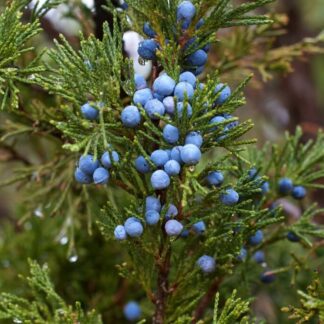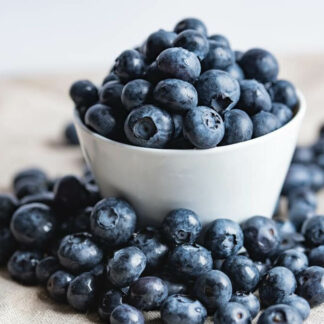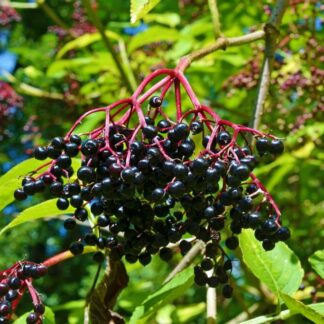Description
Black currants are mostly black berries forming bunches , pulpy , with smooth skin , strongly aromatic, topped with the remains of the calyxes of the flowers from which they are derived. Blackcurrant is used mainly by processing industries ( liquor , syrup , jelly , perfume ). Its sour juice is thick, pulling on purple. It is rich in tannins , flavors , vitamin C2 and vitamin C (100 to 300 mg / 100 g).
Blackcurrant is eaten fresh in a berry salad and allows the realization of jellies , jams , sorbets , pies (in combination) or charlotte . It can also be consumed in a liquid way, with the crème de cassis that is used to make kirs , nectar (very popular in Bulgaria ), syrups, liqueurs, puree or coulis .
Blackcurrant is well preserved by desiccation and freezing , and can be a reserve of fruit for the winter.
Medicinal virtues
Blackcurrant is a concentrate of energy and active ingredients:
- Of iron and rich in vitamin C (it contains twice as much vitamin C as kiwi and three times more than oranges 7 ), make it an excellent tonic anti-fatigue and anti-infectives.
- Of calcium (60 mg per 100 g) also contributes to the health of bones .
- It promotes the elimination of uric acid . It is therefore recommended to relieve rheumatism , gout, and osteoarthritis , there are commercially available preparations based on buds and ” harpagophytum “.
- Diuretic and powerful depurative, it stimulates liver function and kidney function. It is recommended in case of obesity.
- It is beneficial in the context of circulatory disorders and hypertension .
- It is an anti-diarrhea indicated in case of dysentery .
- It is an effective healing , it accelerates the healing of wounds , boils , abscesses and insect bites (external application).
Its leaves are widely used in herbalism , dried and finely ground.





